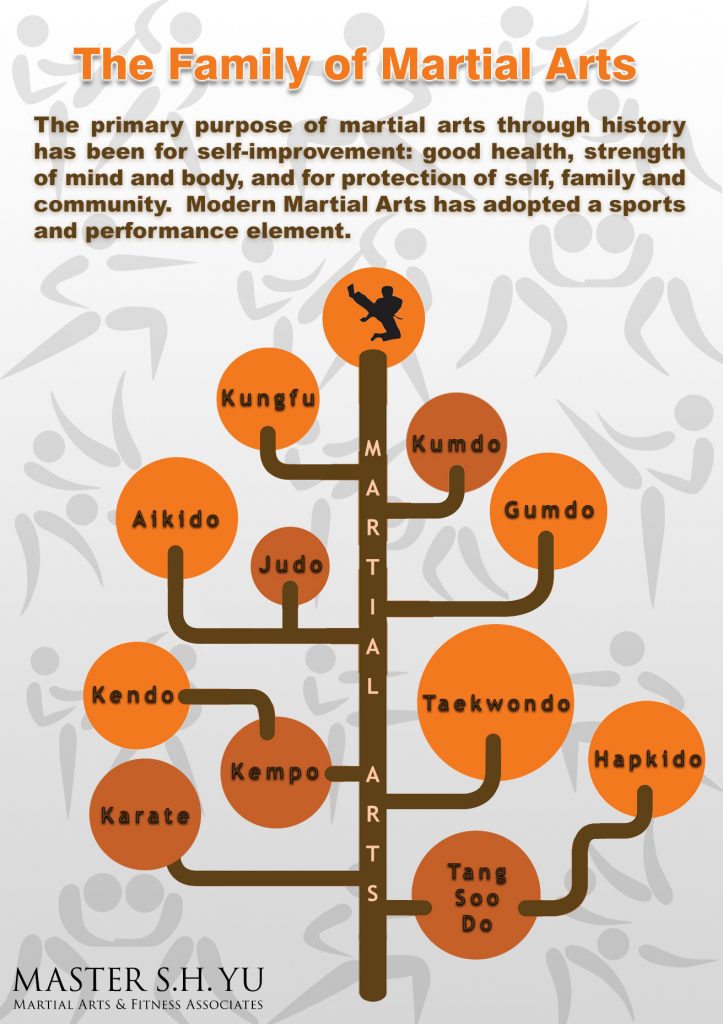Conventional Martial Arts Vs. Modern Battle Sports: Comprehending The Key Distinctions
Conventional Martial Arts Vs. Modern Battle Sports: Comprehending The Key Distinctions
Blog Article
Writer-McGinnis Rocha
When you consider martial arts, do you lean more towards the typical methods or the modern-day battle sports? Each path offers special benefits and experiences, formed by their philosophies and training methods. Traditional martial arts emphasize individual growth and self-control, while contemporary combat sports focus on competition and performance. Comprehending these distinctions can guide you in picking the best technique for your journey. But exactly how do these differences manifest in training and ideology?
The Viewpoint and Background Behind Conventional Martial arts
While lots of people associate martial arts with physical fight, the philosophy and history behind traditional martial arts run much deeper. You'll discover that these techniques highlight individual development, discipline, and respect.
Originating from ancient practices, typical martial arts were commonly developed for Self-Defense and spiritual growth. They symbolize principles such as equilibrium, consistency, and self-constraint, leading specialists beyond plain fighting abilities.
As you educate, you'll not only find out techniques however additionally acquire understandings into the society and worths that shaped these arts. The routines and practices, often passed down through generations, foster a feeling of area and belonging.
The Affordable Nature of Modern Battle Sports
Modern battle sporting activities have actually transformed the landscape of martial arts into a very affordable field, where athletes take on in an examination of ability, method, and endurance.
https://www.amny.com/lifestyle/city-living/queens-martial-arts-center-offering-free-classes-for-kids-during-coronavirus-outbreak/ 'll notice that competitions are often arranged with strict policies and regulations, making certain justice and safety and security. These occasions bring in large target markets, sustaining the excitement and strength of matches.
Professional athletes educate carefully, not just for physical expertise yet additionally for mental durability, knowing that every information counts in the ring. The adrenaline rush throughout competitions is apparent, as fighters push their restrictions to claim victory.
Followers value the athleticism and artistry involved, making contemporary combat sports a thrilling phenomenon that continues to evolve and captivate lovers worldwide.
Training Approaches and Techniques: A Relative Analysis
The competitive ambience of modern combat sporting activities demands ingenious training techniques that differ substantially from conventional martial arts.
In contemporary training, you'll focus on particular methods, competing, and conditioning, frequently utilizing drills that replicate actual battle circumstances. You'll see a focus on quantifiable performance and constant competition to assess your skills.
On the other hand, typical martial arts prioritize types, katas, and thoughtful trainings, frequently highlighting discipline and respect over competition.
aikido for older adults is typically less intense and may include repetitive practice rather than real-time sparring.
While both approaches build skill and fitness, modern-day combat sports supply a more dynamic and versatile training atmosphere, preparing you for prompt challenges in the ring or cage.
Pick the course that lines up with your goals and rate of interests.
Final thought
In selecting between conventional martial arts and modern battle sports, it actually comes down to what you value the majority of. If you're trying to find personal development, discipline, and a sense of community, conventional arts may be your finest fit. Yet if you grow on competition and real-time difficulties, contemporary fight sports could be the method to go. Inevitably, both paths provide distinct benefits, so it's everything about aligning your training with your personal goals and rate of interests.
